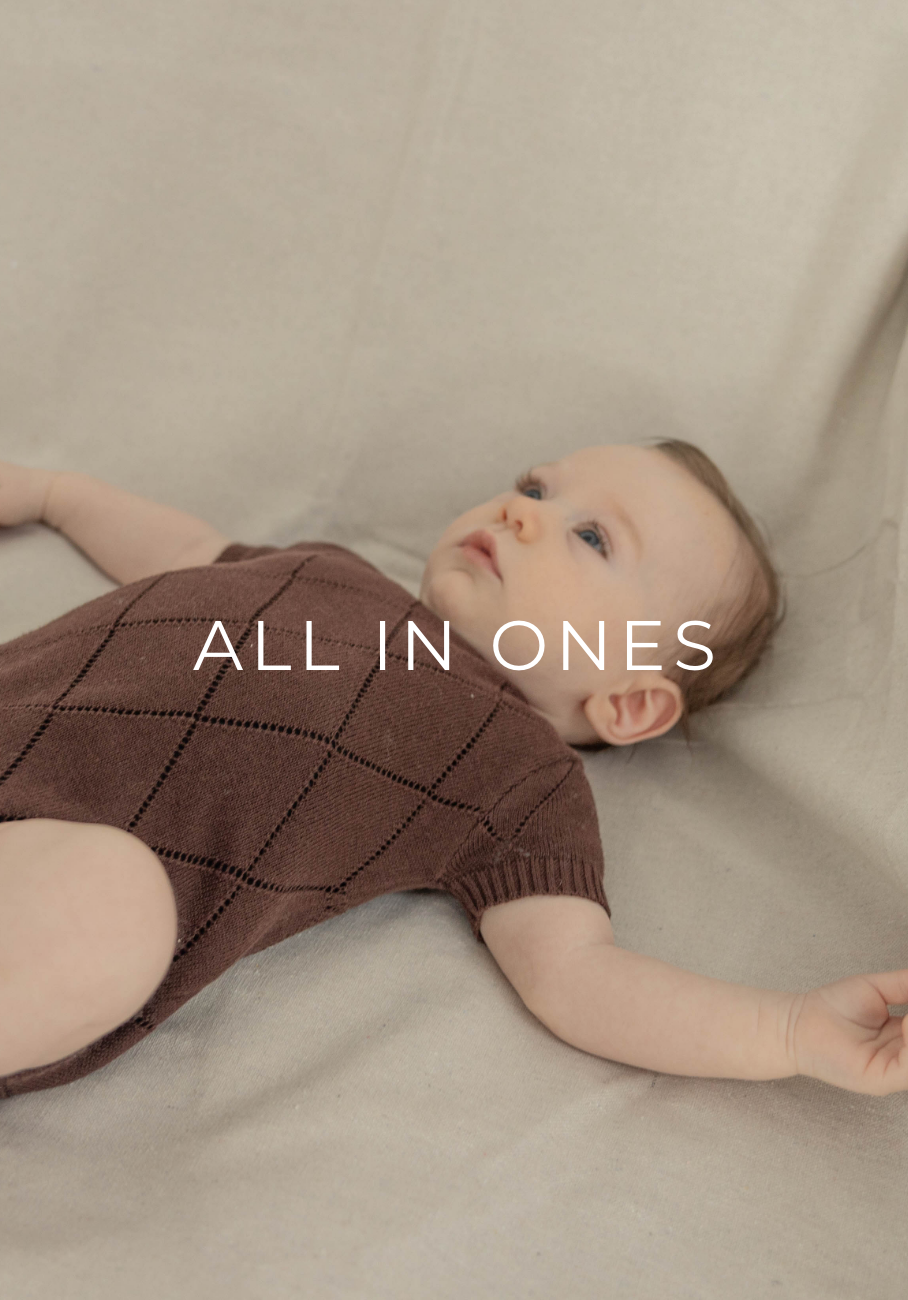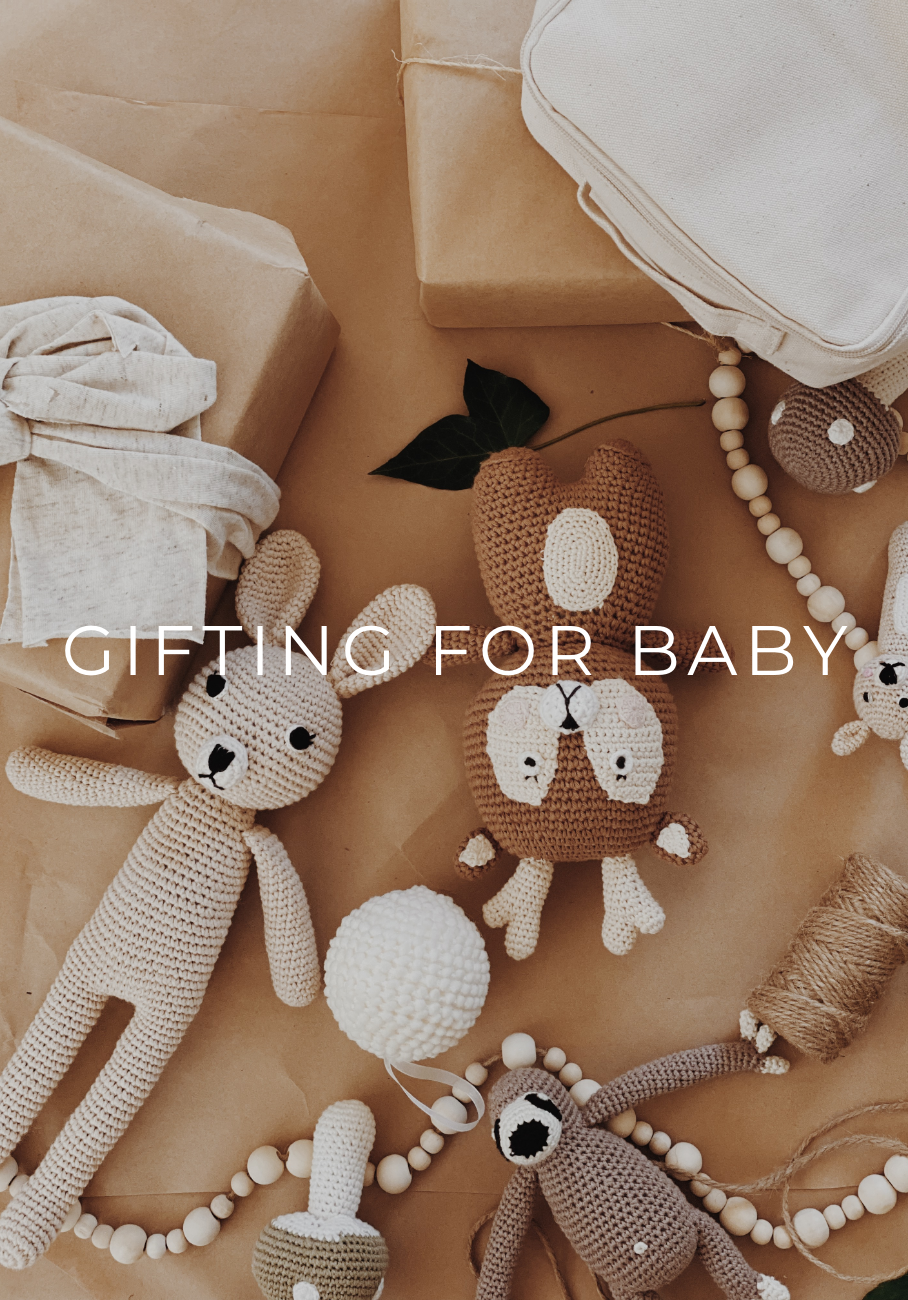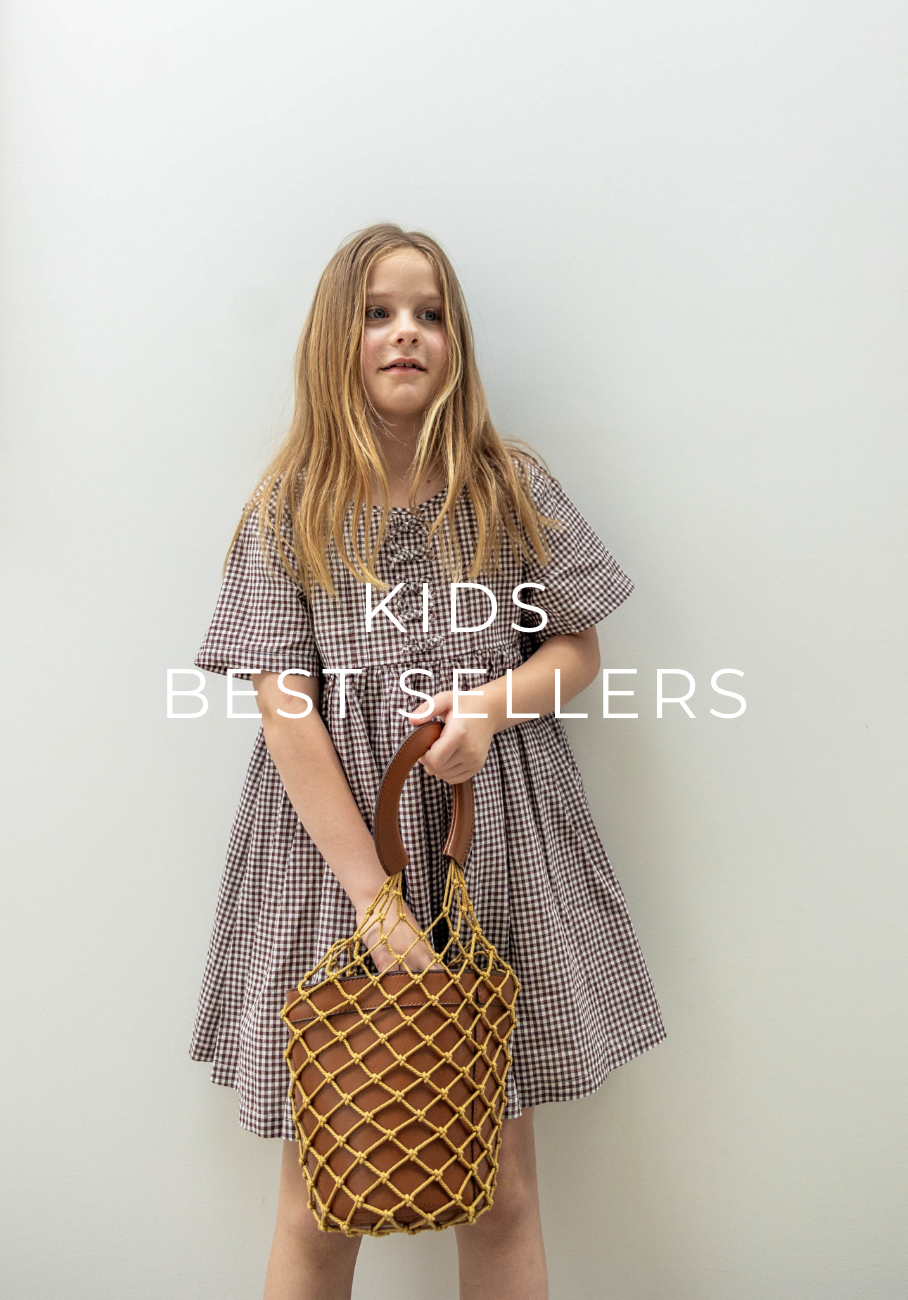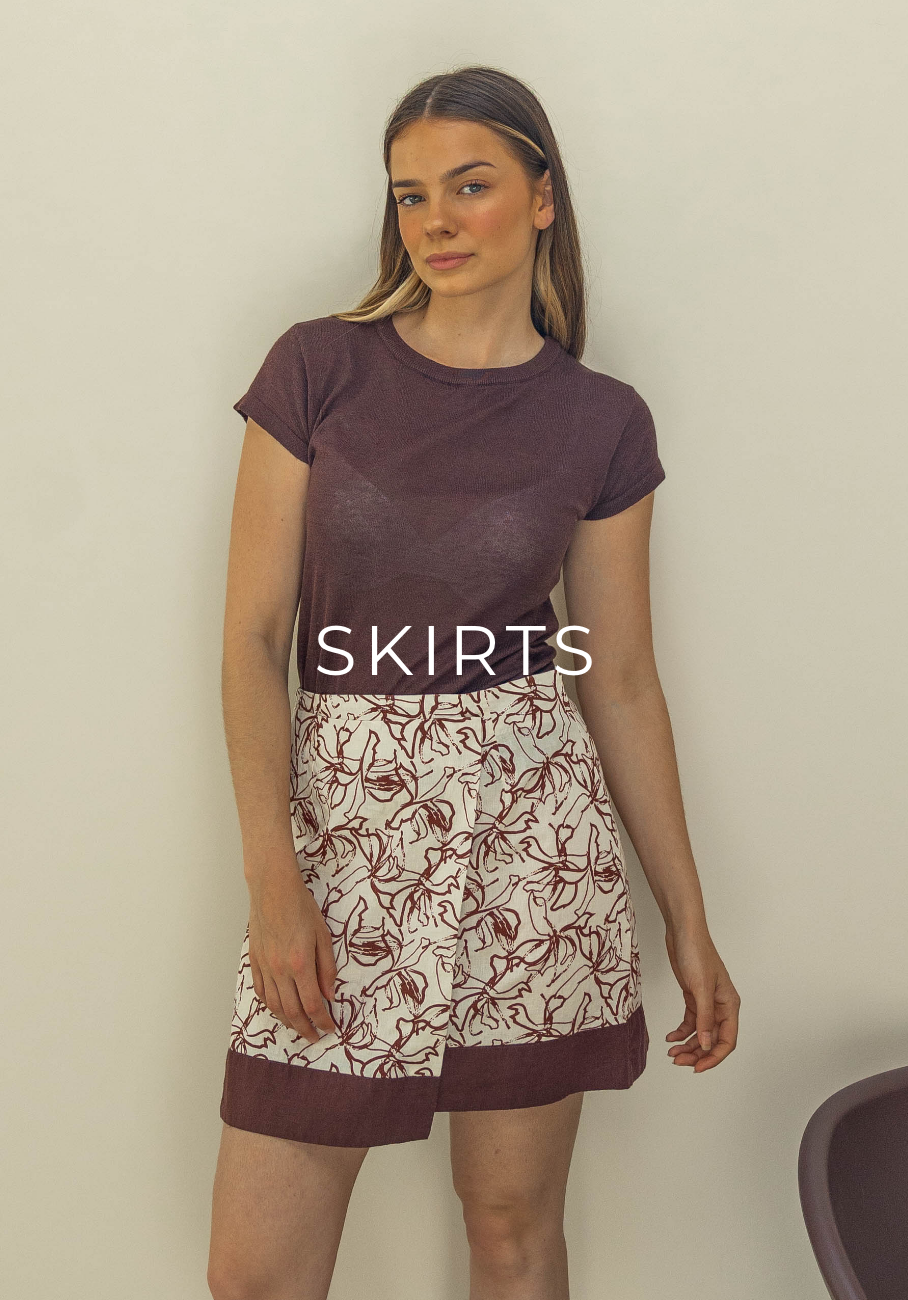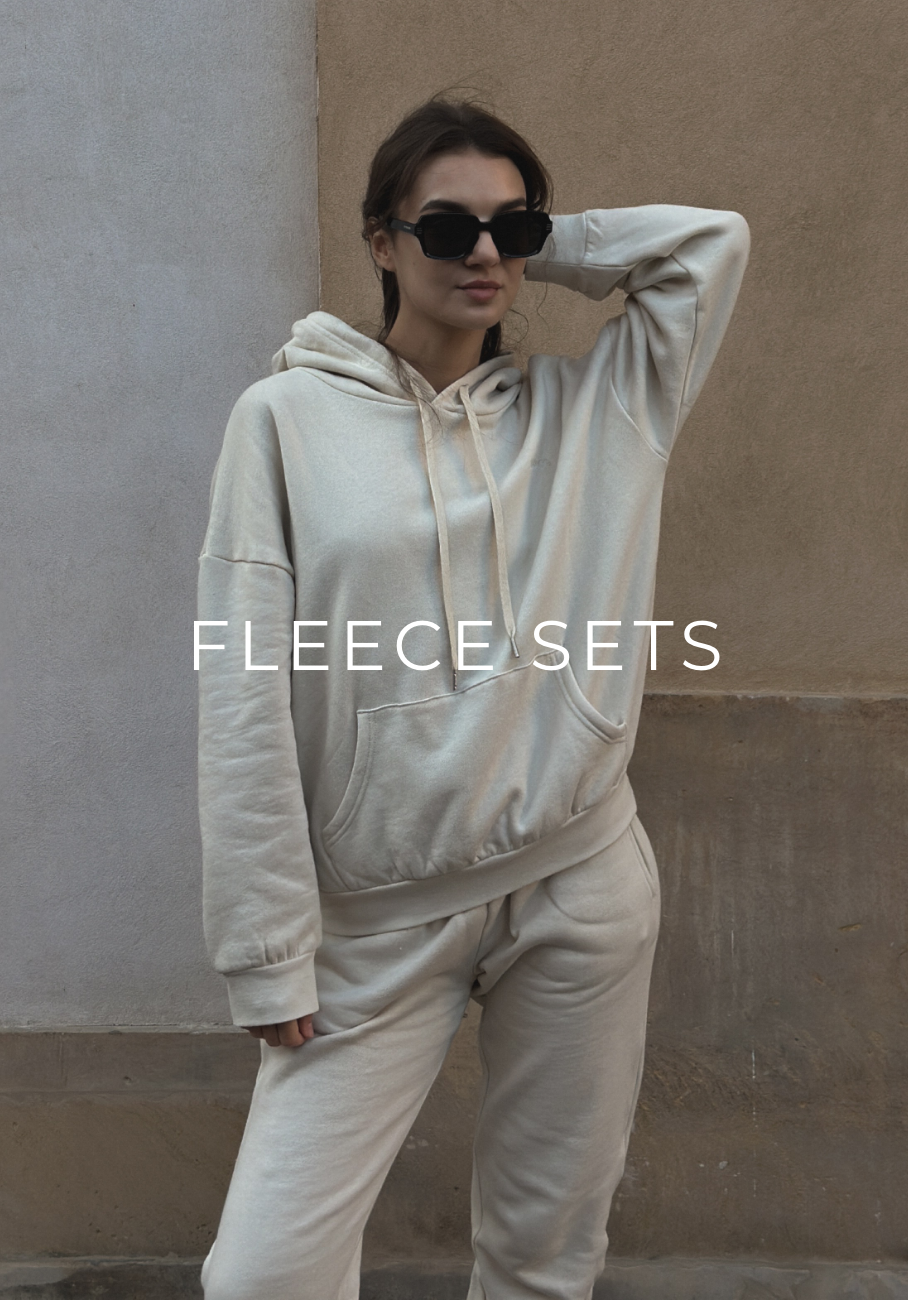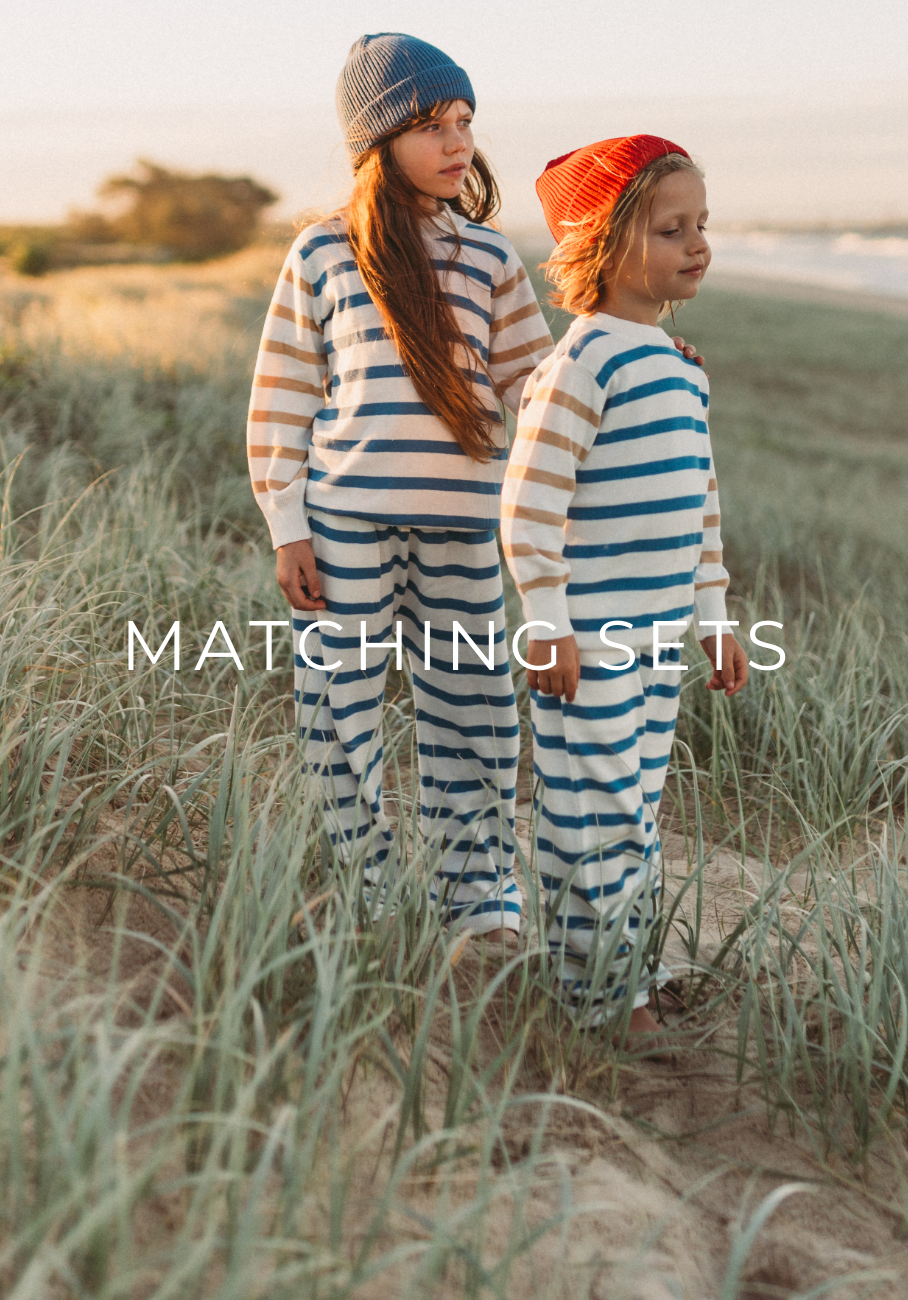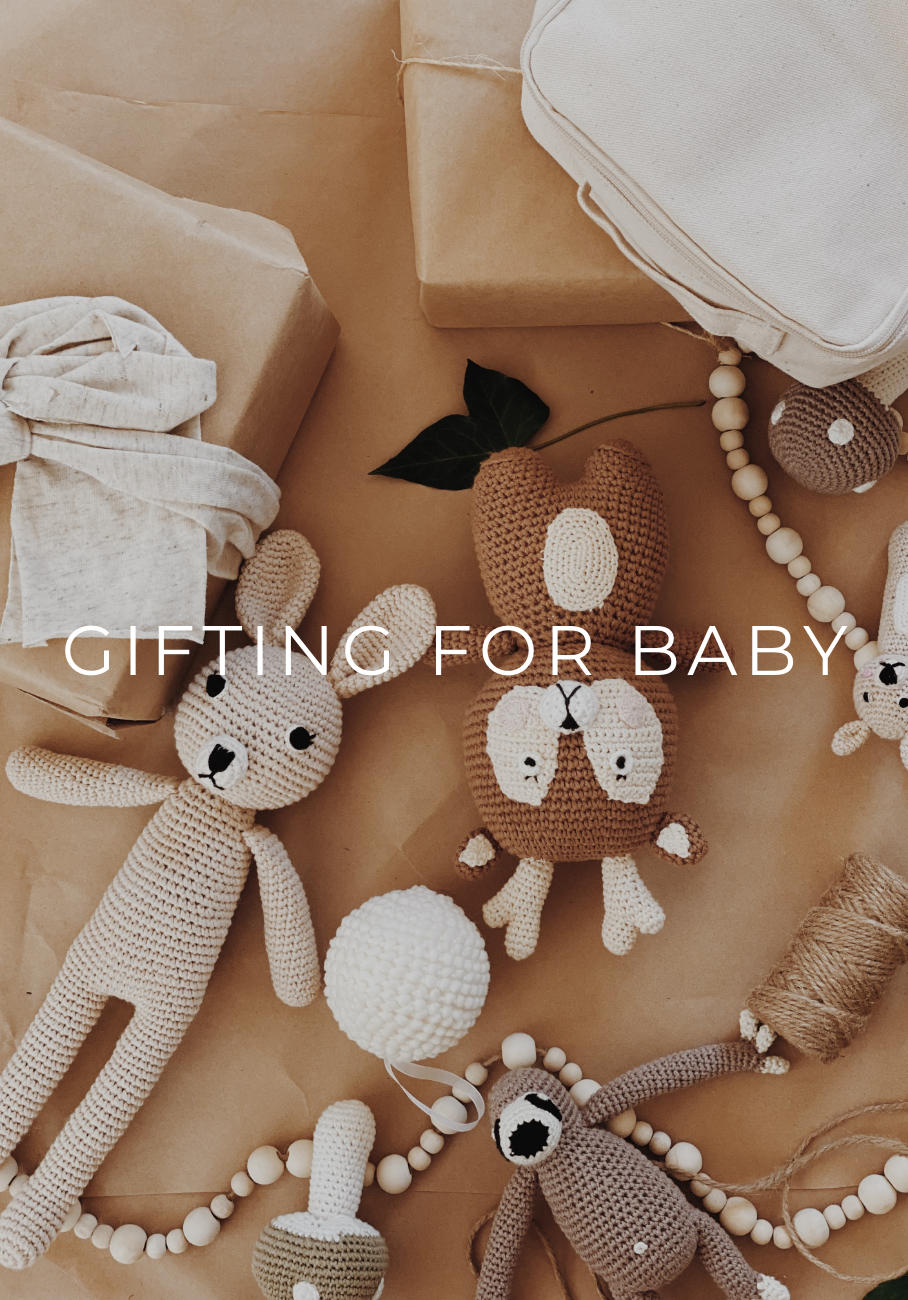
Importance of sustainable baby clothing
Choosing sustainable baby clothing is essential for your child's health and the environment. Natural fibres like organic cotton, bamboo, and hemp are gentle on your baby's skin, reducing the risk of irritation and allergies. These fibres are also biodegradable, minimising our impact on the planet. By opting for sustainable baby clothing, you are not only ensuring your child's well-being but also contributing to a cleaner, healthier Earth.
Benefits of using natural fibres for babies
Using natural fibres for your baby's clothing is beneficial in many ways. Natural fibres such as organic cotton, bamboo, and hemp are gentle on your baby's skin, reducing the risk of irritation and allergies. These materials are also breathable, helping regulate your baby's body temperature and keeping them comfortable. Additionally, natural fibres are biodegradable, making them an environmentally friendly choice for sustainable parenting practices.They are also durable, ensuring that your baby's clothes will last through multiple wears and washes.
Environmental impact of traditional baby clothing
Traditional baby clothing, made from synthetic materials like polyester and nylon, contributes to environmental harm due to the extensive use of chemicals in their production. These chemicals can pollute water sources and harm aquatic life. Additionally, the production process of synthetic fibres emits greenhouse gases, contributing to climate change. On the other hand, choosing sustainable baby clothing made from natural fibres like organic cotton or bamboo can significantly reduce the environmental impact, as these materials are biodegradable and require fewer chemicals to grow.
Common natural fibres used in baby clothing
Cotton,bamboo, andwool are the most common natural fibres used in baby clothing.Cotton is soft, breathable, and easy to wash, making it a popular choice for baby outfits.Bamboo is eco-friendly, hypoallergenic, and has natural antibacterial properties, ideal for sensitive baby skin.Wool is warm and cozy, great for cooler weather, but some babies may find it itchy.
Health advantages of natural fibres for babies
Natural fibres likeorganic cotton, bamboo, and hemp are gentle on a baby's delicate skin as they are breathable and hypoallergenic. These fabrics reduce the risk of skin irritation and allergies, making them a healthier choice for your little one.Natural fibres also regulate body temperature, keeping your baby comfortable in all seasons. They are free from harmful chemicals and pesticides, providing a safe and eco-friendly option for your baby's clothing.
Tips for choosing sustainable baby clothing
When looking for sustainable baby clothing, prioritise natural fibres like organic cotton, bamboo, or hemp. These materials are gentle on a baby's skin and environmentally friendly. Check for certifications like GOTS or OEKO-TEX to ensure the clothing meets standards for sustainability. Opt for timeless and gender-neutral designs that can be passed down to siblings or friends. Consider buying second-hand or investing in high-quality pieces that will last. Avoid impulse purchases and think about the long-term impact of your choices on both your baby and the planet.
Cost considerations of natural fibre baby clothing
Natural fibre baby clothing generally costs more upfront than synthetic options.Organic cotton,bamboo, andhemp are popular choices for sustainable baby clothes. The initial investment might be higher, but these natural fibres are durable and can last longer. Additionally, they are gentle on your baby's skin and eco-friendly. Opting for natural fibre baby clothing can be a wise investment for your baby's comfort and the environment.
Care and maintenance of sustainable baby clothing
To keep sustainable baby clothing in good shape, it's important to follow proper care instructions. Here are some tips to help you maintain these clothes:
- Wash with mild detergent to preserve the material.
- Avoid high heat when washing and drying to prevent shrinking.
- Air dry whenever possible to extend the life of the fabric.
- Store in a cool, dry place to prevent mould or mildew growth.
- Check for any stains or damage before storing to address them promptly.
- Consider hand washing delicate items for extra care.
Growing trend of eco-friendly baby clothing brands
Eco-friendly baby clothing brands are becoming more popular as parents prioritise sustainability and natural materials for their little ones. These brands focus on using organic cotton, bamboo, or hemp fibres that are gentle on the environment and safe for babies' sensitive skin. By choosing these brands, parents can support ethical and environmentally-friendly practices in the clothing industry while ensuring their child's comfort and well-being.
Future outlook for sustainable baby clothing market
Here's what you need to know about the future of sustainable baby clothing. Demand for environmentally friendly baby clothes is on the rise as more parents become aware of the importance of using natural fibres for their little ones. This increasing interest in sustainability is expected to drive the growth of the market for organic and eco-friendly baby clothing. Organic cotton,bamboo, andhemp are some of the popular natural fibres being used in sustainable baby clothes. Manufacturers are also focusing on creating stylish and comfortable designs that are gentle on the baby's skin and the environment.Organic andGOTS-certified clothing options are likely to dominate the market as parents prioritise health and sustainability for their children.


